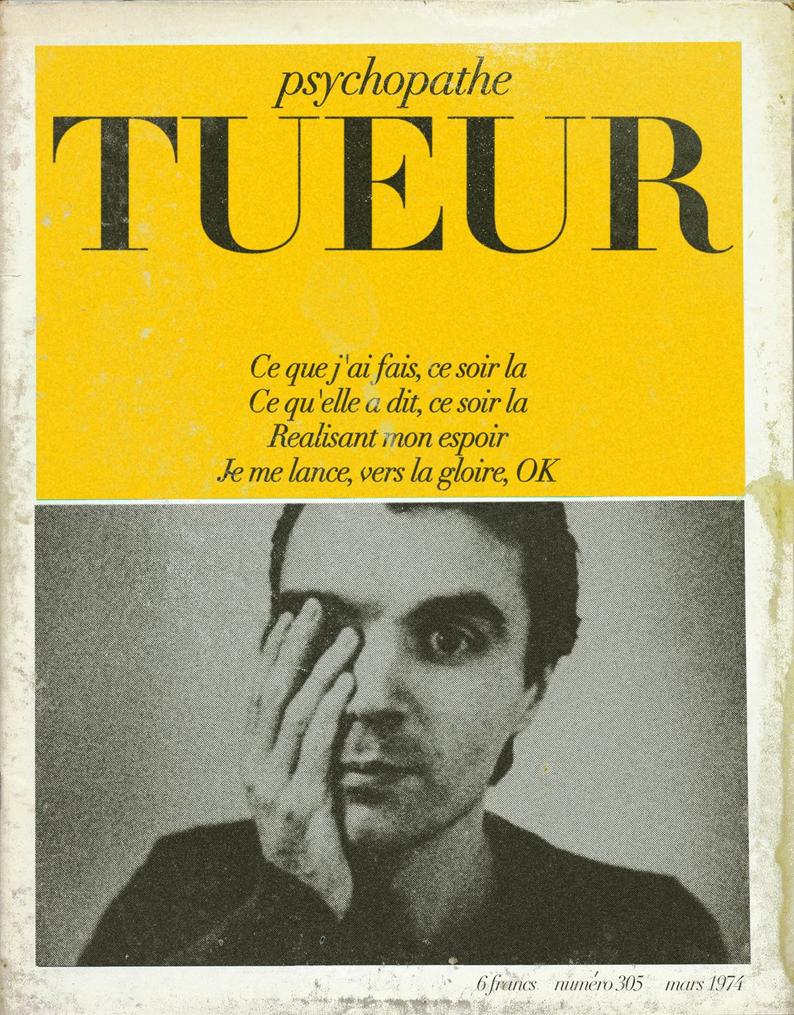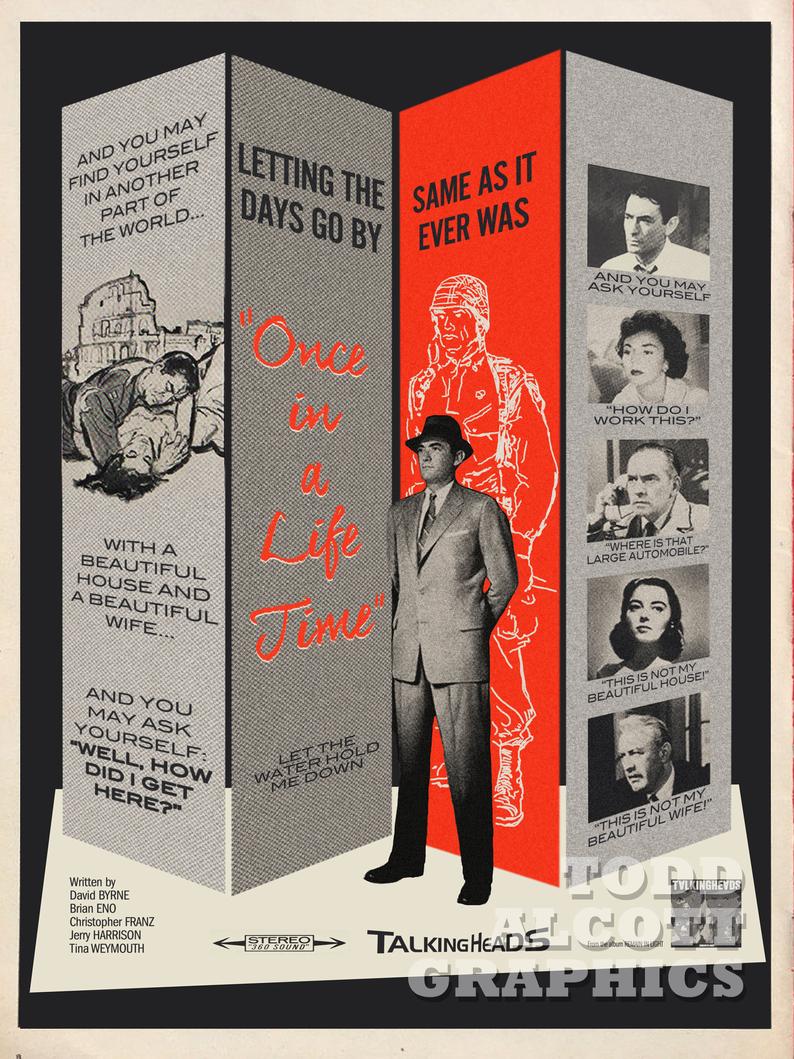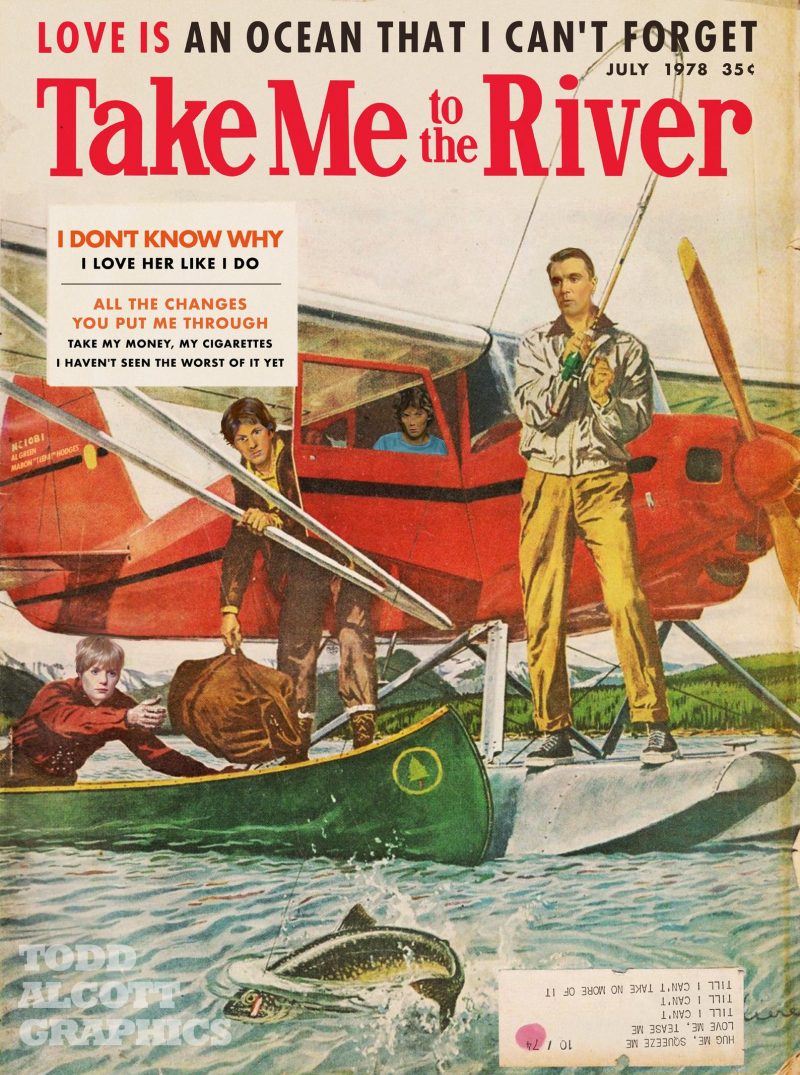Like budding ten-year-old paleontologists with their dinosaur guides, music nerds who came of age in the 80s and 90s might spend whole days reading about obscure one-off bands and indie, punk, and alternative giants from all over the English-speaking world in Ira Robbins’ encyclopedic Trouser Press Record Guide reference books. Their critical entries were notable especially for what they were not: fan tributes.
Just the other day, for example, I was browsing through the Trouser Press Guide to ‘90s Rock and was startled to read that Depeche Mode’s 101, a live album I listened to repeatedly in my moody middle school years, offered “permanent evidence of the band’s—a pitch-impaired singer crucified on racks of keyboards—concert inadequacy.”
This, I protested, is too much.
But, I admit, that album, played at full volume in headphones, once carried me as an adolescent through a grim three-day trek across the country, in a van with my fractious family, driving the entire length of Arkansas in sub-zero late December and spending New Years’ Eve in a motel room in a desolate nowheresville outside Pine Bluff, AR.
My sense that there might be a romantically gloomy, weirdly seductive world beyond the frosted windows of our shabby Ford Club Wagon is what I will always associate with the album, its musical merits aside. (That and a serious crush on someone who really loved Depeche Mode.) I can’t remember if I’ve listened to it since.
It’s true Depeche Mode got a lot of mileage out of a limited range of skills and musical ideas, but that seems to be no valid criticism in pop music. The best pop songs are those people experience as operatic statements of their own emotional lives. As we see in the opening scenes of the Depeche Mode documentary above, Our Hobby is Depeche Mode, their most fervent English fans believe that they too might be Depeche Mode.
U.S., Mexican, and Russian fans romanticizing Basildon, Depeche Mode’s hometown, as a placid English village say more about their own longings than about the band’s sound. Depeche Mode may have looked like a New Wave boy band in the 80s, but that was also the decade in which they were at their noisiest and most experimental, “seamlessly blending concrète sounds—factory din, clanking chains and so forth—into the music,” writes Trouser Press.
The sound—says one English fan of “Depeche” from its beginnings—“came from the bricks” of Basildon, a gritty place with frequent fighting in the streets. The bulk of the densely crowded town’s concrete blocks, and factories sprang up after WWII, a working-class community created to house the London population displaced by the bombings. What set Depeche Mode apart from their synthpop peers and inspirations (aside from Siouxsie Sioux and Damned-inspired fetish cosplay) was the industrial noise that populated their saccharine off-key ballads and naughty S&M tracks.
The sound of working-class streets embedded in their music drew fans from Moscow—where singer Dave Gahan’s birthday has become an unofficial holiday. Their music is “technology, the sounds of life, of reality,” says one Muscovite fan above. Depeche Mode bootlegs, which spread over the Soviet world, get partial credit for the fall of the Berlin Wall. Fans in Tehran risk severe punishment from the Islamic authorities for listening to illicit copies of their albums.
They became gloomier, more navel-gazing and “dismal,” our Trouser Press critic writes, and the quirky sounds of Basildon seemed to fade away, replaced by the cavernous reverb and goth-blues guitar riffs of their 90s apotheosis. Their appeal to sensitive and troubled kids everywhere remained as powerful, if not more so. Our Hobby is Depeche Mode documents the band’s spread around the world in dedicated fan communities. Made in 2007, the film mysteriously disappeared and has only just resurfaced recently, as Dangerous Minds reports. “No one’s quite sure what happened there.”
It will be interesting to compare this rediscovered document with a new Depeche Mode movie, Spirits in the Forest, getting a theatrical release November 21st. Shot by Anton Corbijn, the film, as you can see from trailer (above), also keeps its focus on the fans, mixing six stories, writes Rolling Stone, “shot in each of their hometowns, with footage of the concert” in Berlin promoting the band’s newest album Spirit.
They may never have been the greatest live band or most accomplished of musicians, but Depeche Mode has always known how to work a crowd, and how to speak to the private longings of every individual fan. What more can one ask of international pop stars? Gahan says in a statement about the new concert film, a tradition that reached its apex with the 101 documentary companion to the album, “It’s amazing to see the very real ways that music has impacted the lives of our fans.” He’s talking about an evident connection that spans generations and crosses many unlikely cultural, linguistic, and national boundaries.
Our Hobby is Depeche Mode will be added to our collection of Free Documentaries.
The film by Jeremy Deller & Nicholas Abrahams is hosted on Abrahams’ Vimeo channel.
via The Quietus
Related Content:
Depeche Mode Releases a Goosebump-Inducing Cover of David Bowie’s “Heroes”
The Cure Performed the Entire “Disintegration” Album on the 30th Anniversary of Its Release: Watch The Complete Concert Online
An Animated History of Goth
Josh Jones is a writer and musician based in Durham, NC. Follow him at @jdmagness






